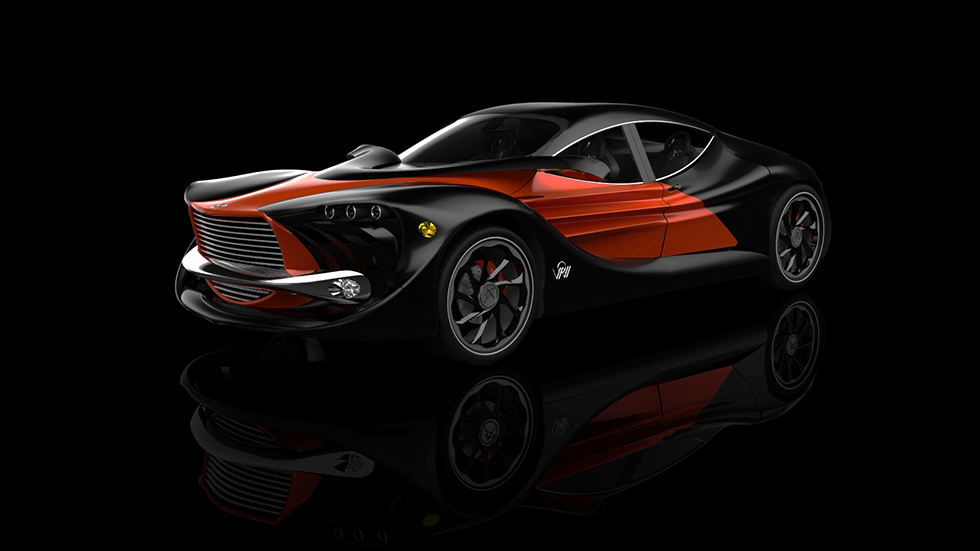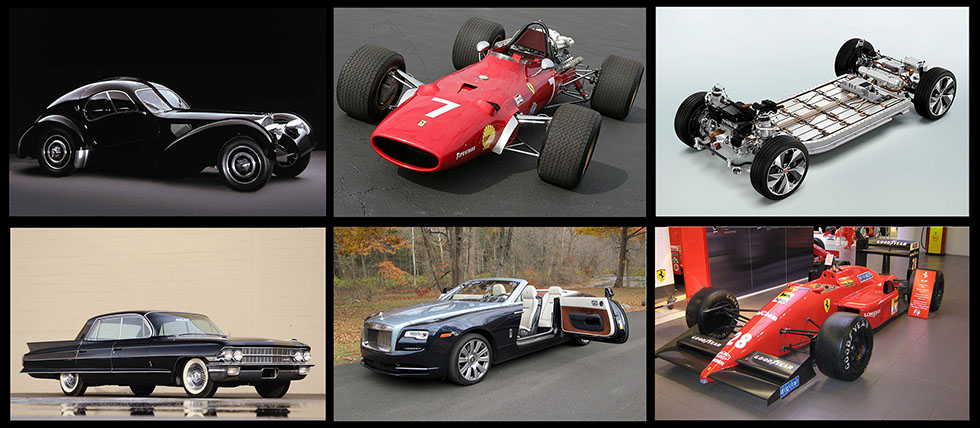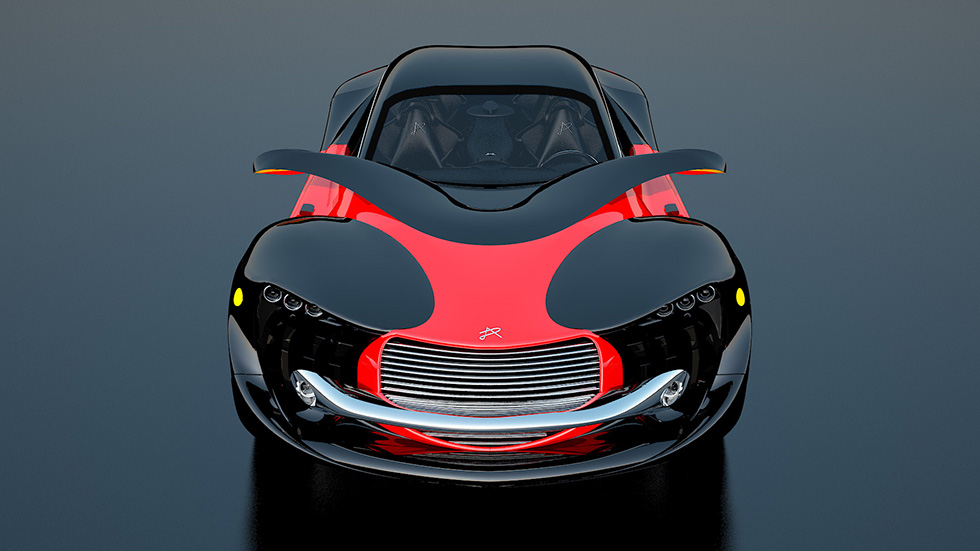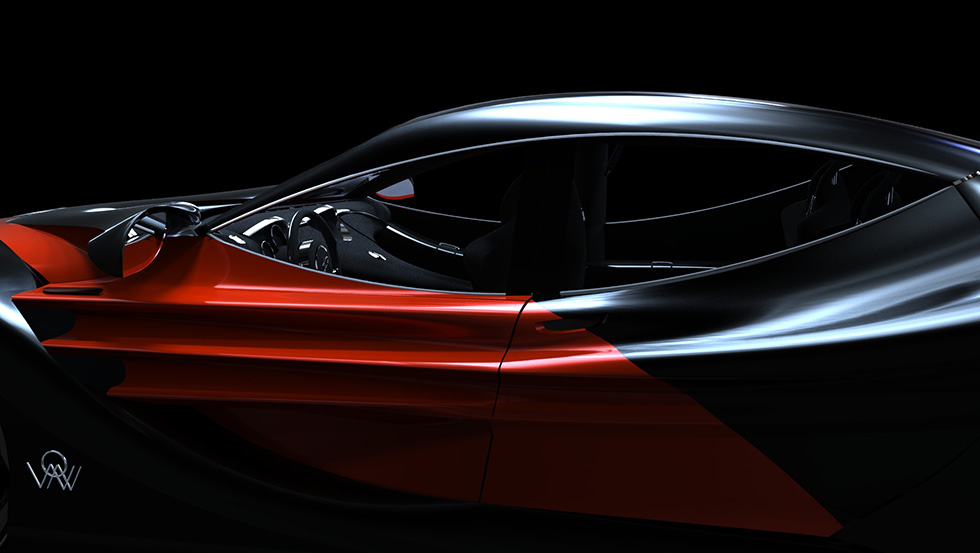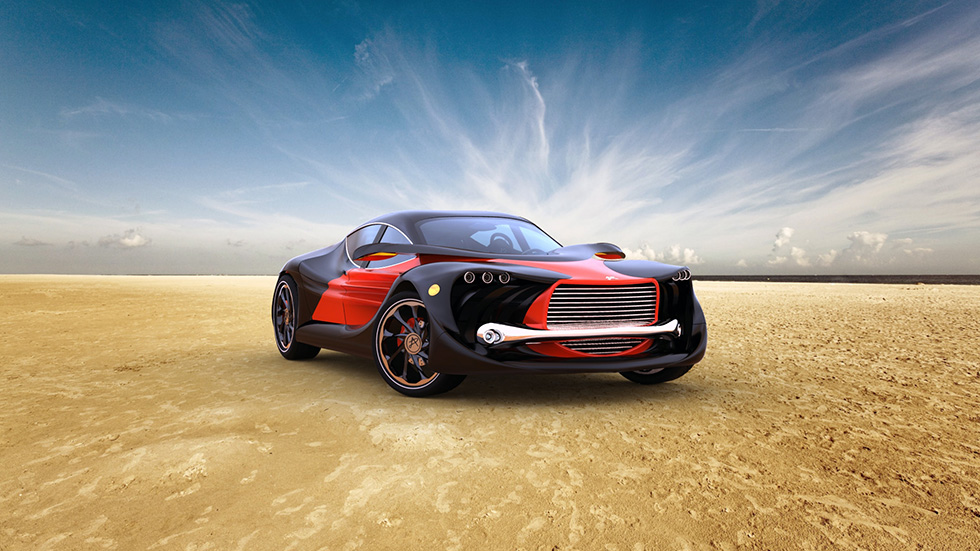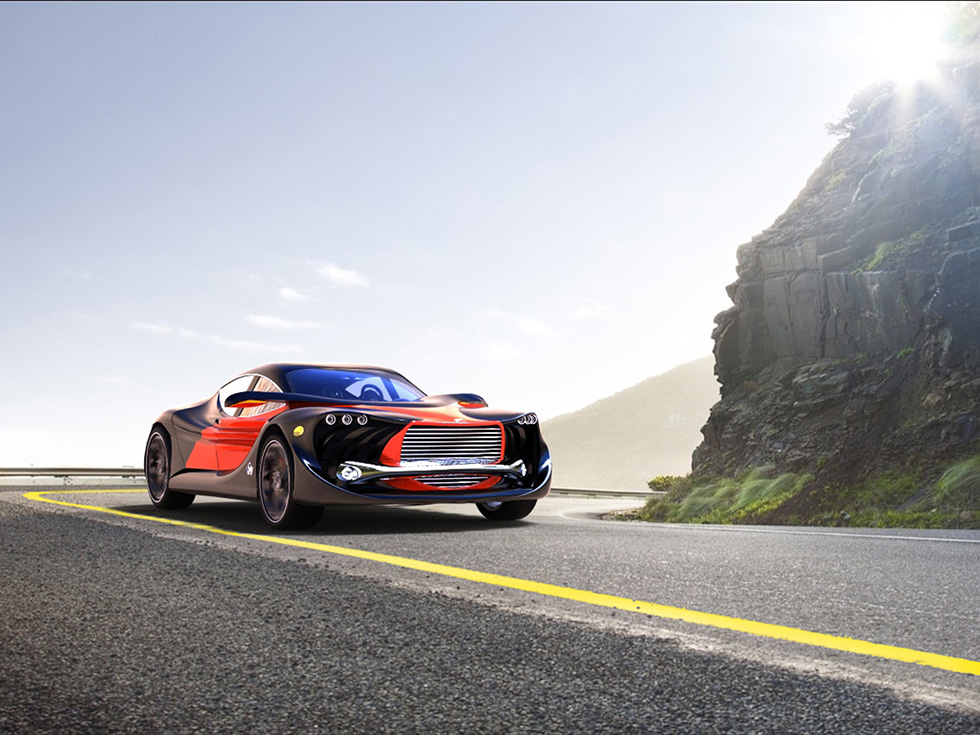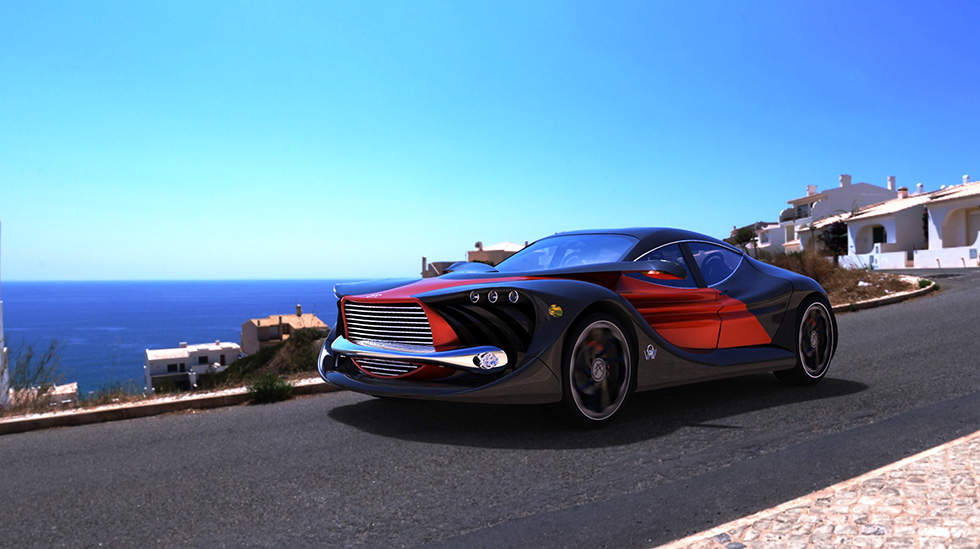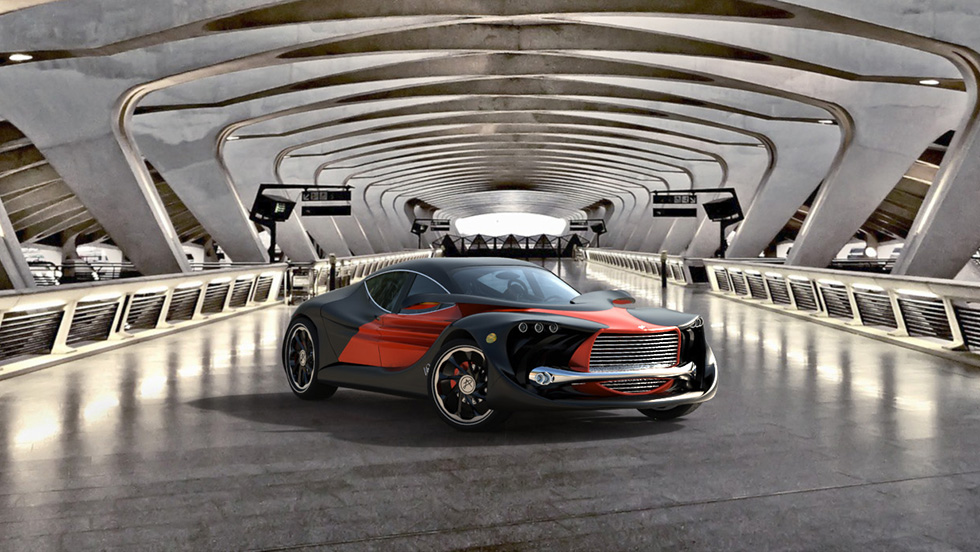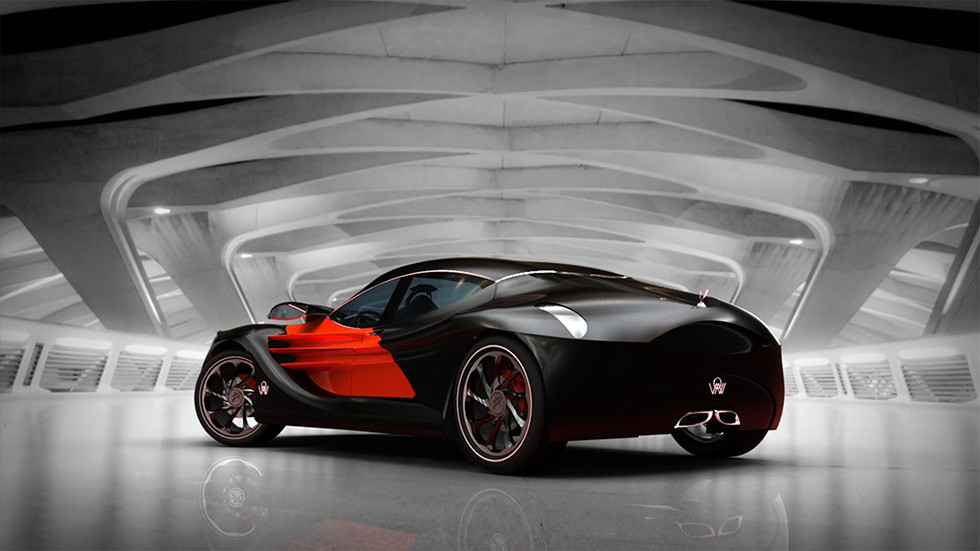Wings of Nike is a concept car designed to reconcile spirit of excellence in automotive history.
Details such as front fenders, chromed bumper, white circles on tires, and doors opening backwards are used to honor the automotive legacy of old timers while front grill is detail from old racing cars. It is based on electric power train that made such complex design possible to make and future of automotive industry more exciting and sustainable.
Details such as front fenders, chromed bumper, white circles on tires, and doors opening backwards are used to honor the automotive legacy of old timers while front grill is detail from old racing cars. It is based on electric power train that made such complex design possible to make and future of automotive industry more exciting and sustainable.
There were two big challenges to overcome while designing this concept car:
The first challenge and the main goal was to design a car that does not resemble any other automotive brand on the market.
In automotive design first step is usually to design by sketching in perspective, which brings some obstacles and limits to design.
The second challenge was to remove those limits by designing the whole car in 3D by using Rhinoceros software and designing primarily with splines by using real-scale measurements, and constantly readjusting design to find harmony in proportions without sacrificing ergonomics.
The first challenge and the main goal was to design a car that does not resemble any other automotive brand on the market.
In automotive design first step is usually to design by sketching in perspective, which brings some obstacles and limits to design.
The second challenge was to remove those limits by designing the whole car in 3D by using Rhinoceros software and designing primarily with splines by using real-scale measurements, and constantly readjusting design to find harmony in proportions without sacrificing ergonomics.
Aluminum chassis with body made from carbon fiber contributes to performance and safety by reducing the weight of the car.
Interior:
The interior is also designed in retro-futuristic style and represents logical extension of the exterior.
The black interior with chromed details brings sophisticated look with some innovative solutions with accent on back seats comfort. For that purpose there are touchscreens mounted above rear passenger seats.
The seats are designed for better shoulder support and innovative headrests would bring better support to entire body while going fast through corners.
Dashboard is based on digital screen. Sliding sun shields above the front seats are integrated in the roof to contribute to simple look of the interior by keeping the whole design very minimal and functional at the same time.
The interior is also designed in retro-futuristic style and represents logical extension of the exterior.
The black interior with chromed details brings sophisticated look with some innovative solutions with accent on back seats comfort. For that purpose there are touchscreens mounted above rear passenger seats.
The seats are designed for better shoulder support and innovative headrests would bring better support to entire body while going fast through corners.
Dashboard is based on digital screen. Sliding sun shields above the front seats are integrated in the roof to contribute to simple look of the interior by keeping the whole design very minimal and functional at the same time.
The project took 3 months from start to finish, spending most of the time to fine-tune different design elements related to its exterior and interior by trying to keep all anthropological measures and standards. The design was completely developed by learning surface modeling skills in Rhinoceros 3D software.
The design itself suggests unconventional design approach to automotive design that is mostly limited to shapes that designers can sketch in perspective.
The project was featured in printed media and over 100 websites worldwide.
Design, modeling, HDRI renderings and post-production by Darko Nikolić.
Special thanks to Miloš Ličina
Design, modeling, HDRI renderings and post-production by Darko Nikolić.
Special thanks to Miloš Ličina

